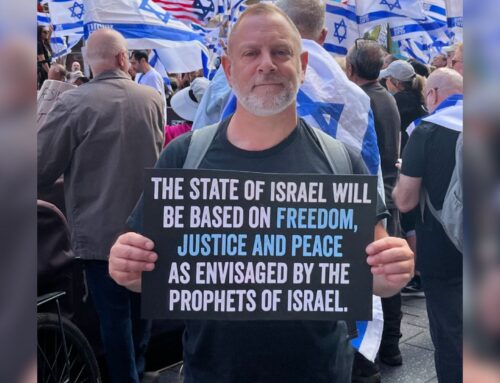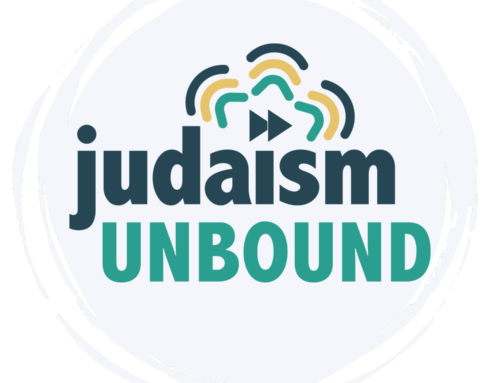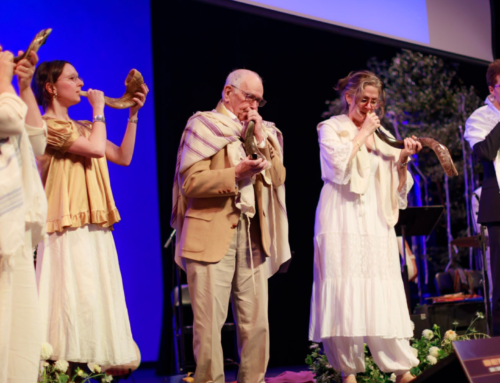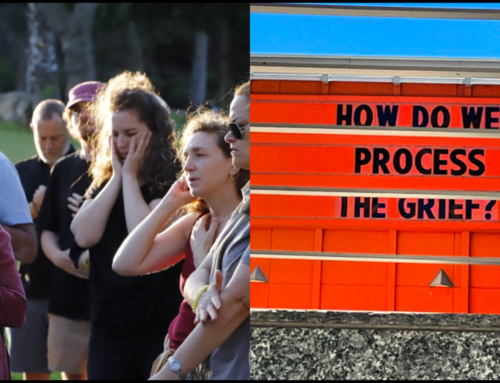By Amichai Lau-Lavie and Rachel Timoner for The Forward
Purim celebrates the miracle of Jewish survival in the face of a genocidal threat, which some will undoubtedly read as a particularly inspiring message this year because of Oct. 7. But the ancient story we recount on this holiday also contains a cautionary tale: After killing Haman and his 10 sons, the Jews of Persia kill 75,000 civilians, the ultimate collective punishment.
The entire saga is a fantasy of power not backed by historical evidence. In recent years, we have seen troubling aspects of the story made all too real.
Haman is specifically named as the descendant of Amalek, the eternal national enemy of the Jewish people dating to the days of Moses. In Jewish memory, Amalek represents an enduring existential threat, the idea that throughout history a leader or nation rises up to destroy our people. In the Torah, God commands the Israelites to wipe out the entire nation of Amalek in retribution for Amalek’s attack on the weakest among them.
What’s dangerous about this is the conflation of the attacker with his entire nation.
Now, tragically, Israel’s prime minister, Benjamin Netanyahu, has invoked Amalek in the war against Hamas. “Remember what Amalek did to you,” he said in an official statement on Oct. 28, quoting from Deuteronomy. “We remember and we fight.”
Given that Hamas uses genocidal language against Jews in its charter and has promised to repeat the horrific brutality of Oct. 7 again and again, it is not surprising that many Jews see the group as the embodiment of Amalek. However, by invoking Amalek as the rallying cry for war, Netanyahu was inviting deadly assault on the Palestinian people — not only on the terrorists who perpetrated Oct. 7.
Nearly five months later, more than 30,000 Palestinians have been killed, and we have seen ample evidence that not enough has been done to protect innocent life.
This Purim marks the 30th anniversary of another horrific chapter in Israel’s history, when Baruch Goldstein, a Brooklyn-born Jewish settler, murdered 29 Palestinian Muslims while they were praying at the Cave of the Patriarchs in Hebron. In his suicide note, Goldstein justified his vile act with the Purim story and the biblical commandment to destroy Amalek.
For many of us, Purim was forever marred by this act of Jewish terror. The late historian Elliott Horowitz said that on that dark day, “another chapter had written itself into the history of Purim.”
Goldstein’s grave has become a pilgrimage site for admirers of his racist legacy, among them Israel’s current minister of national defense, Itamar Ben-Gvir. He and other right-wing politicians in Israel have echoed Goldstein’s dangerous biblical terminology and are using genocidal language that should have no place on this or any other modern battlefield.
How then can we celebrate this Purim, with the blood still fresh, 134 Israeli hostages still in Gaza, most Gaza residents displaced from their homes and the cycle of trauma-driven hate and violence spinning further out of control everywhere?
What is our moral response, educational role and social responsibility regarding this complicated text? How do we teach our children, this Purim, to know the difference between fantasy and history — and between right and wrong?
Purim has already evolved in its more than 2000-year history. Masks, noisemakers, pastries and even the inclusion of the Book of Esther in the Bible were all once controversial innovations.
Here are six proposals for ways to reimagine our holiday observances in this time of crisis:










